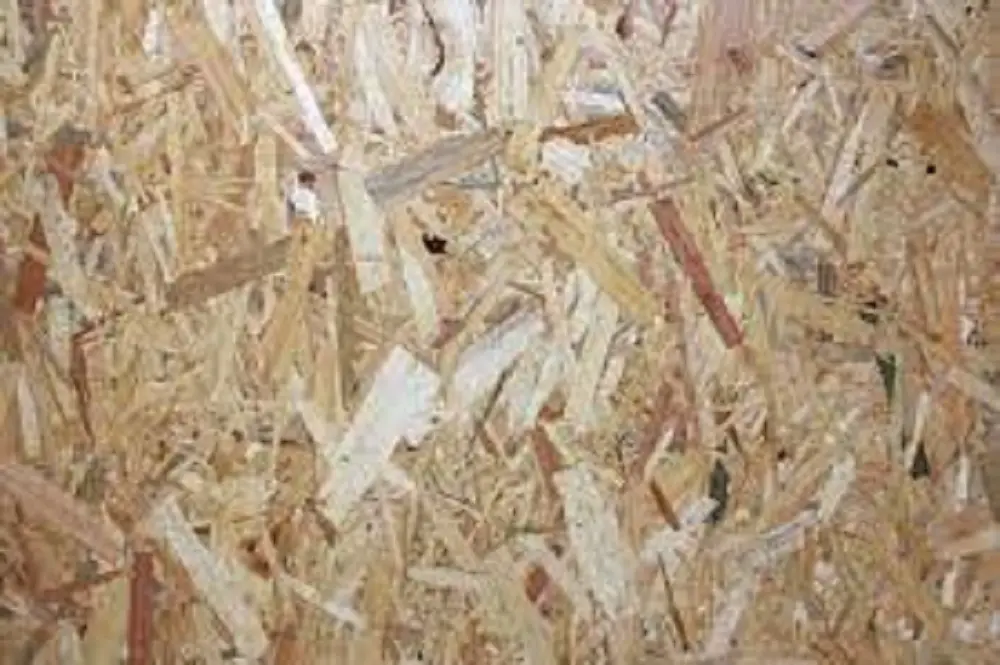Knowing how to clean subfloor before carpet installation can make a significant difference in the lifespan and appearance of your new carpet. This guide provides a detailed step-by-step method ensuring even a novice can successfully prepare their subfloor.

Table of Contents
Why Cleaning Subfloor is Crucial Before Carpeting
Ensuring that the subfloor is clean before laying a new carpet is not just a preparatory step; it is a necessity. A clean subfloor ensures the carpet adhesive binds well, prevents mold growth, and helps in achieving a smoother finish. Properly cleaning your subfloor can enhance the longevity and look of your carpet.
Click here for more articles like this – Carpet Cleaning Guide: Navigating the Maze of Muck and Stains
Tools and Materials Required
- Soft bristle broom or vacuum cleaner
- Trisodium phosphate (TSP) or a mild detergent
- Bucket of water
- Scrub brush
- Mop and rags
- Protective gloves and mask
Steps to Clean the Subfloor
- Clear the Area: Remove any debris, nails, or staples from the subfloor. You want to start with a smooth surface.
- Sweep or Vacuum: Using a soft bristle broom or a vacuum cleaner, thoroughly remove any dust or fine particles from the surface.
- Prepare Cleaning Solution: In a bucket, mix a solution of trisodium phosphate (TSP) or a mild detergent with water as per the manufacturer’s recommendations.
- Scrub the Subfloor: Dip the scrub brush into the cleaning solution and scrub the subfloor in a circular motion, ensuring that all stains and spots are addressed.
- Rinse: After scrubbing, use a mop or rags and plain water to rinse away any residual detergent. Ensure the subfloor is free of soap suds or residues.
- Dry the Area: Allow the subfloor to air dry or use fans to expedite the process. Ensure the subfloor is completely dry before proceeding with carpet installation.
Additional Tips for Subfloor Preparation
- If the subfloor has any cracks or holes, consider using a subfloor patching compound to even out the surface.
- Always wear protective gloves and a mask when working with cleaning solutions to protect your skin and lungs.
- For persistent stains or issues, you might consider consulting a professional before proceeding.